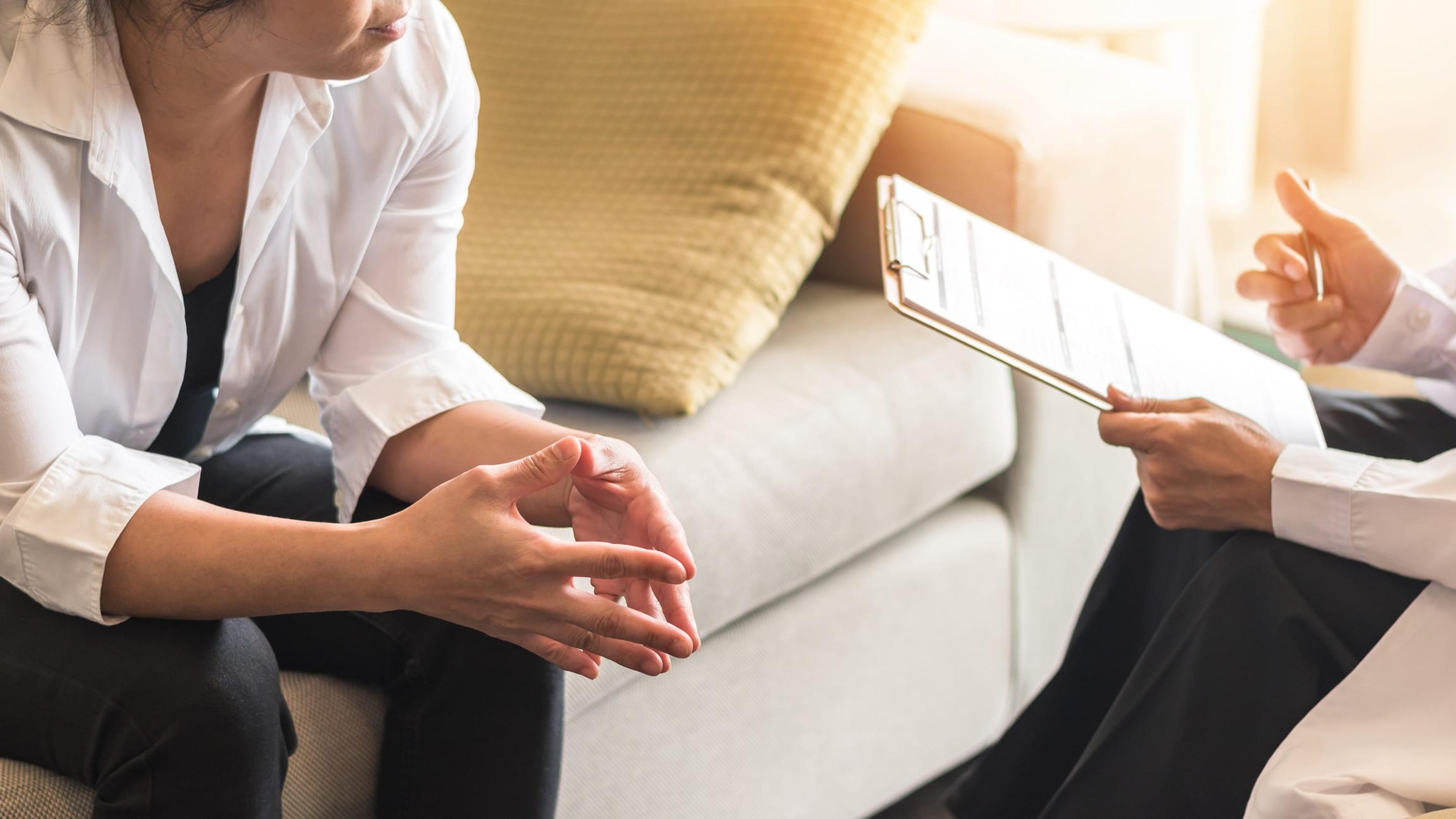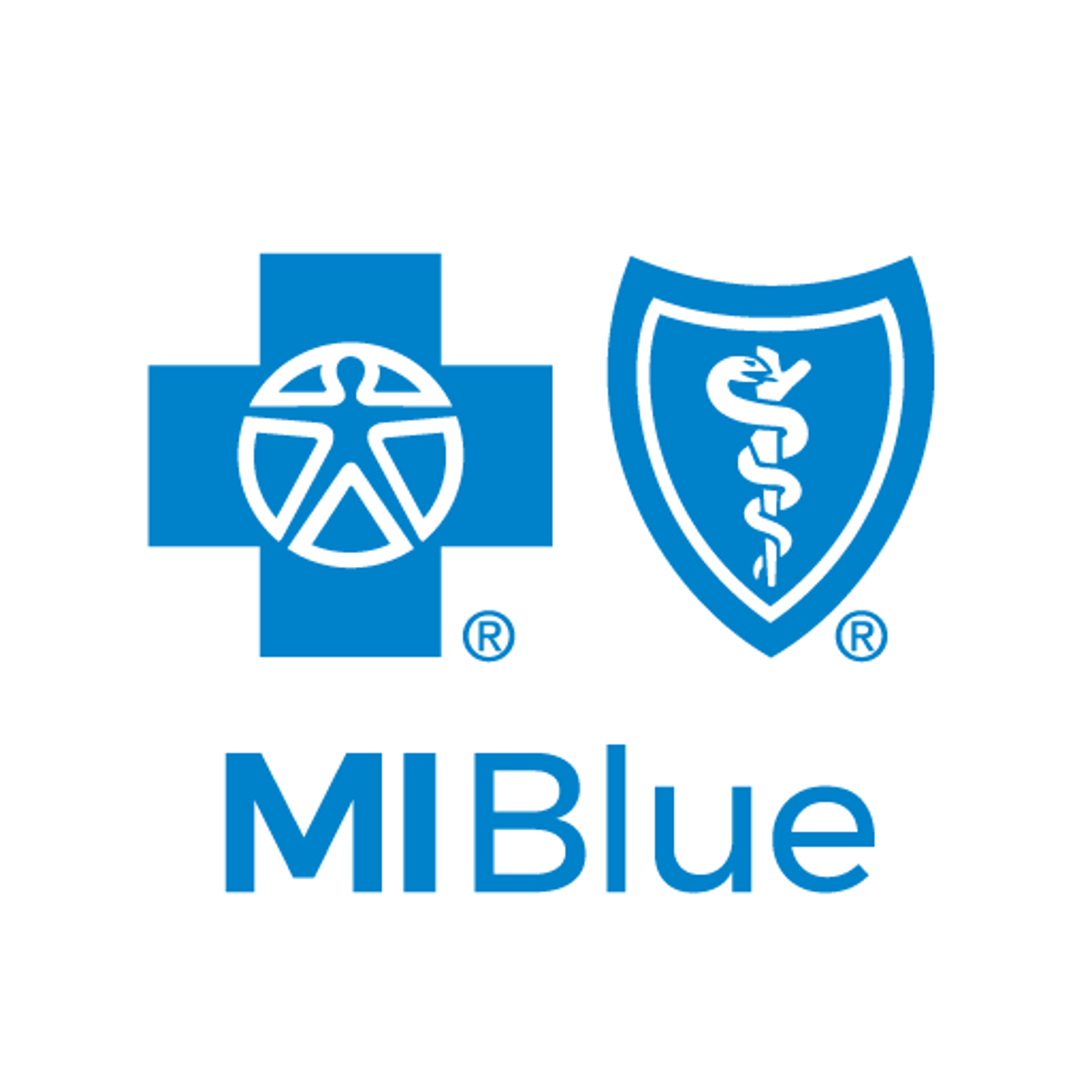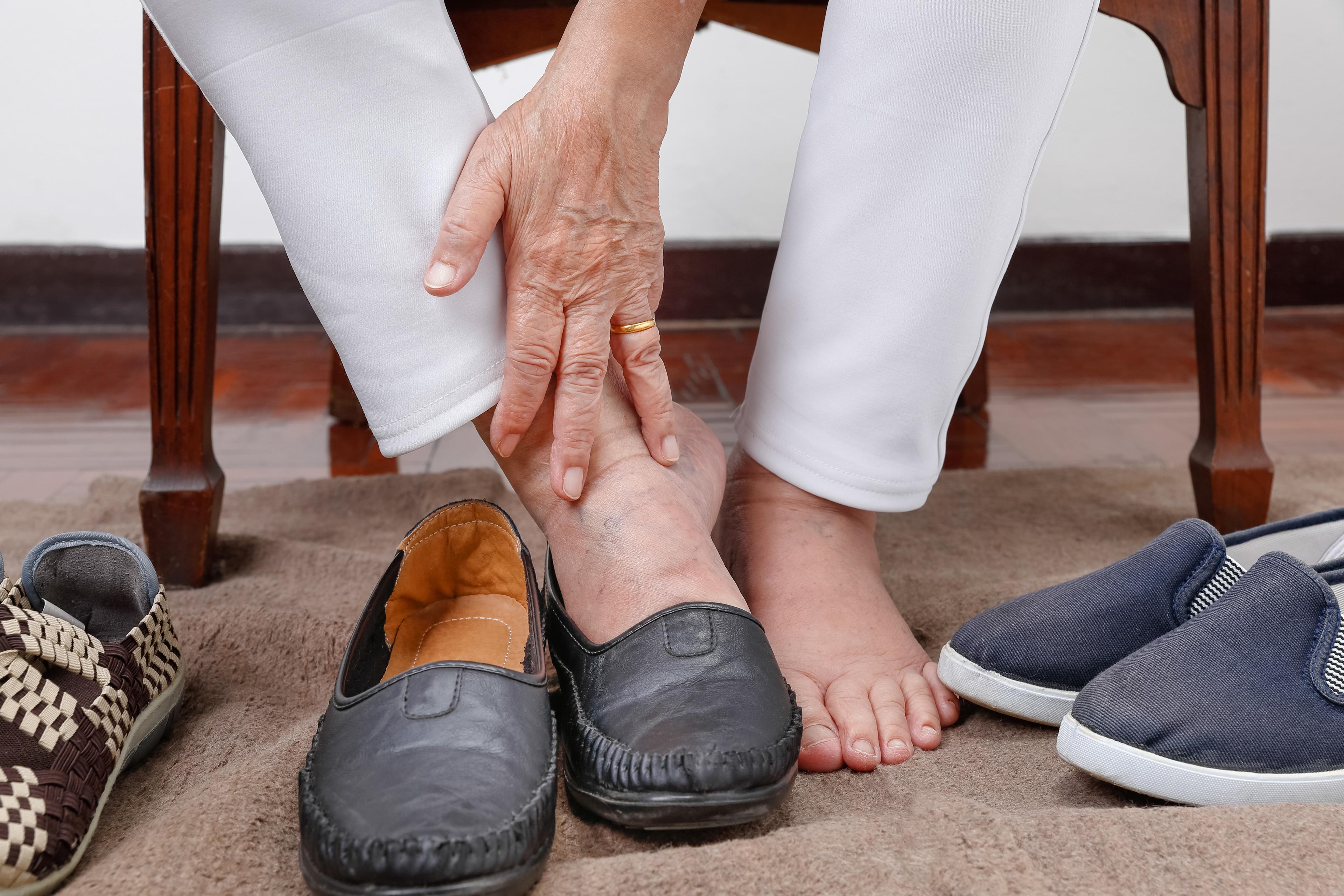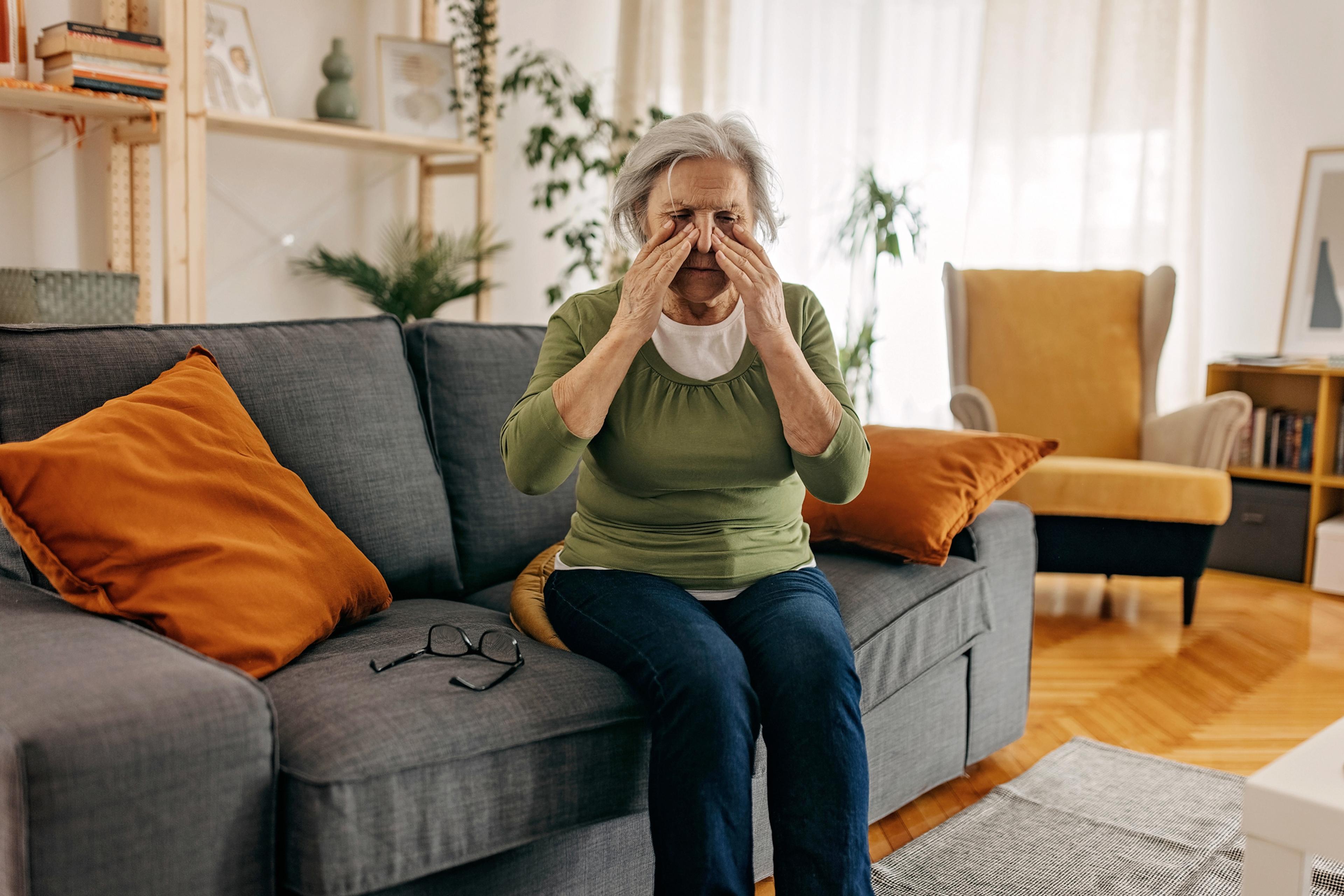
Depression, also known as major depressive disorder or clinical depression, is one of the most common mental health conditions in the United States. In fact, the National Institute of Mental Health (NIMH) estimates that 21 million adults in the U.S. had at least one major depressive episode in 2020. Depression is characterized by two or more weeks of persistent sadness combined with hopelessness, fatigue and in some cases, anxiety.
One way to identify a potential episode is by taking a depression test. It highlights notable symptoms that can be referenced in a future evaluation. Many health care providers, including Blue Cross Blue Shield of Michigan, offer a free patient health questionnaire. It’s an online survey that gauges the severity of depression-related symptoms. This includes eating habits, sleeping patterns and suicidal ideations.
Depression screenings are not diagnostic tools. But they can inform you of the next steps in your mental health journey. Whatever the outcome, it’s imperative to discuss the results with a medical professional, specifically a primary care physician. Upon review, they will conduct an exam to identify or rule out other contributing factors.
If one doesn’t have a PCP, members can visit bcbsm.com and click the Find a Doctor button. It’s a valuable resource that features the nearest health care services in your area. After logging in, members can find, select or change a primary care physician, see who’s in-network and view cost estimates.
If a doctor suspects depression, they’ll refer the patient to a mental health professional - someone who specializes in cognitive conditions and can make a formal diagnosis. This includes a psychiatrist, who may treat depression with a combination of psychotherapy and medication (i.e. anti-depressants).
Despite advancements in the mental health space, there’s no cure for depression. There’s also no universal treatment or definitive cause for the disorder. Every case is different and requires a certain amount of trial and error. Aside from therapy and medication, additional treatment options include acupuncture, hypnosis, yoga and reflexology.
Throughout this process, it's important for the therapist and PCP to maintain an open dialogue. It’s the best way to avoid conflicting advice, duplicate prescriptions or harmful drug interactions. Together, alongside the patient, they can create a plan that’s both safe and effective.
If you found this post helpful, you might also be interested in:
- Depression Can Strike at Any Age: What to Watch For
- Is it Stress or Depression?
- Seeking Mental Health in New Ways
Photo credit: Chinnapong






